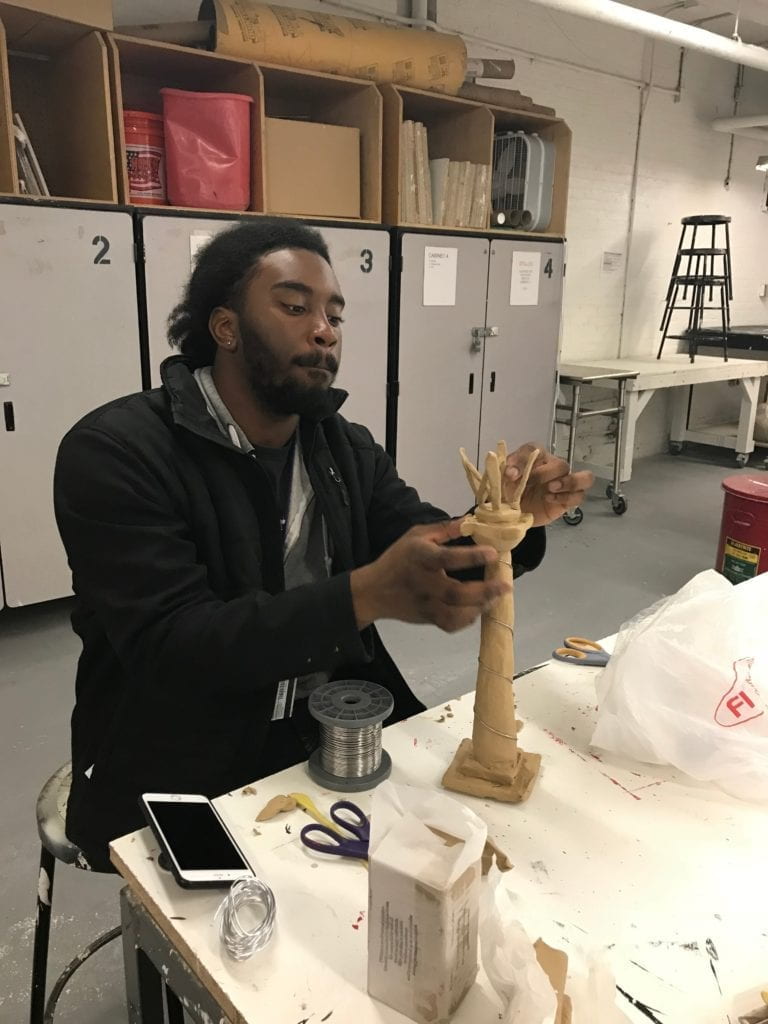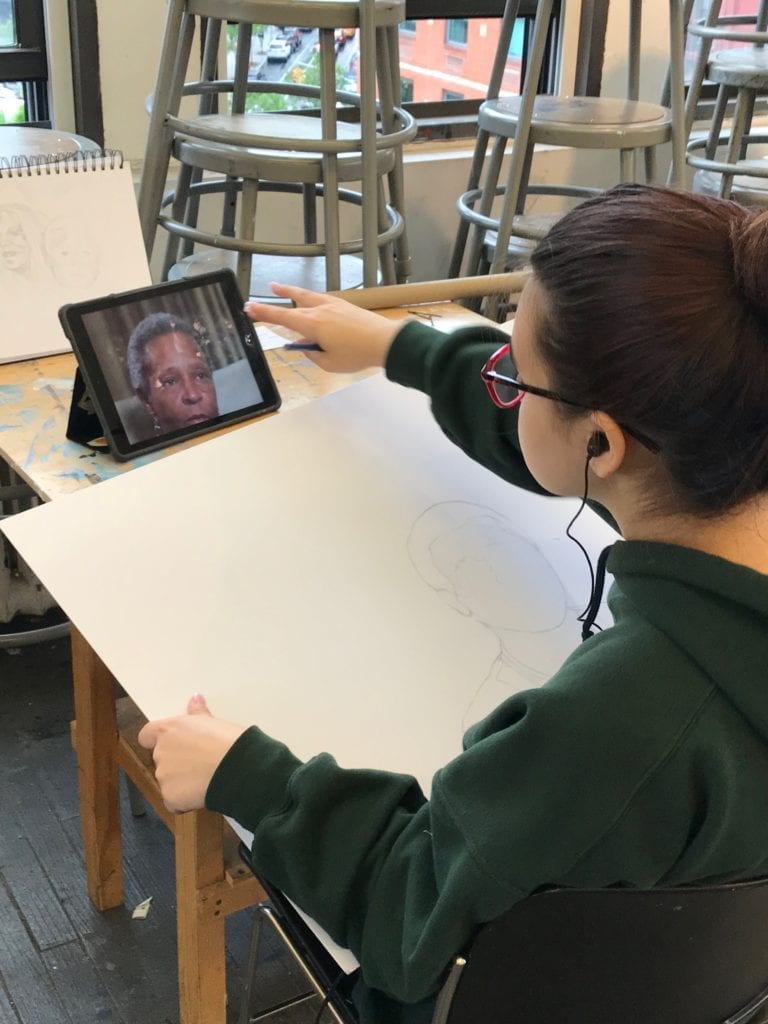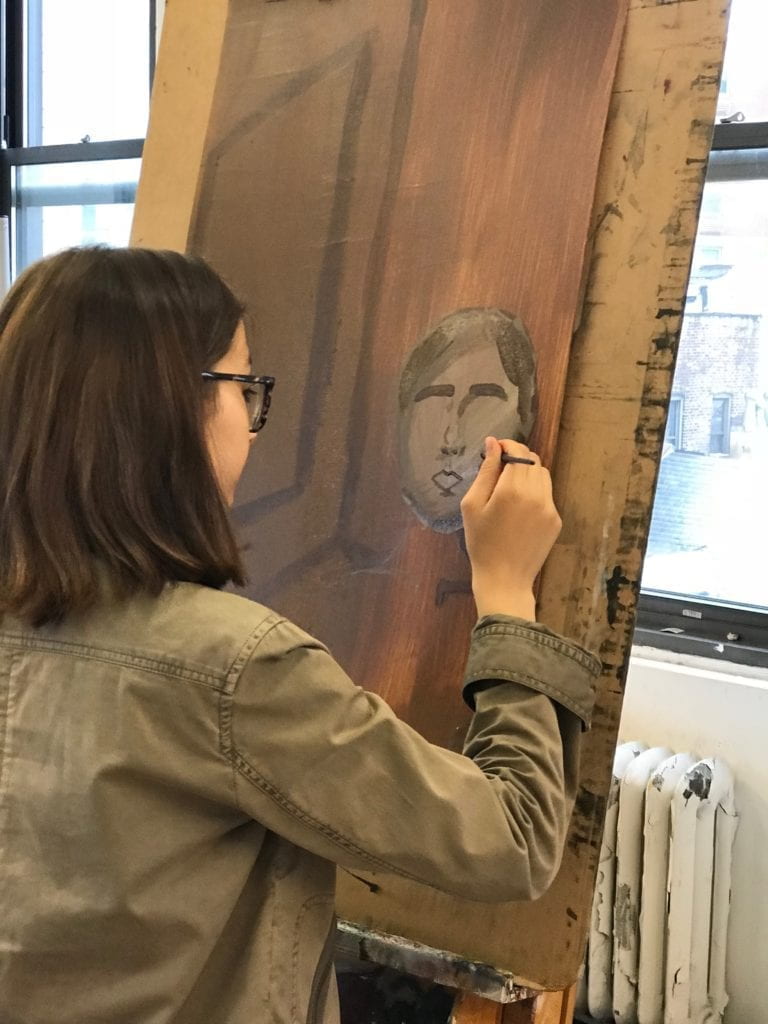White Out!: What do our public monuments tell us about our past and our present?
Public statues and monuments serve as reminders of our past, paying tribute to people and events that have shaped our history. But what if these histories do not represent all voices and perspectives, or contradict the values and beliefs of citizens today? We are often told that history is told by the victors, and monuments reinforce these stories in public, providing a constant reminder of who is considered important in our society as they stand in our public parks, in public buildings and government offices. Many monuments are now understood as controversial because they represent racist, sexist “patriarchal” histories and the dominance of White power over other narratives and points of view. The history of slavery, the genocide of Indigenous people, and colonization are not visible, nor are the many contributions of African-Americans, Native Americans, Asian Americans, Latinx visible. Contemporary artists have challenged how we understand monuments and the stories they tell, opening up conversations about who and what should be recognized in our public spaces.In this class students will explore how monuments tell stories about racial and patriarchal hierarchy in our society, investigate the function of monuments as public art today, and design alternative monuments and forums of public storytelling about our past, our present, and possibly our future.



Leave a Reply